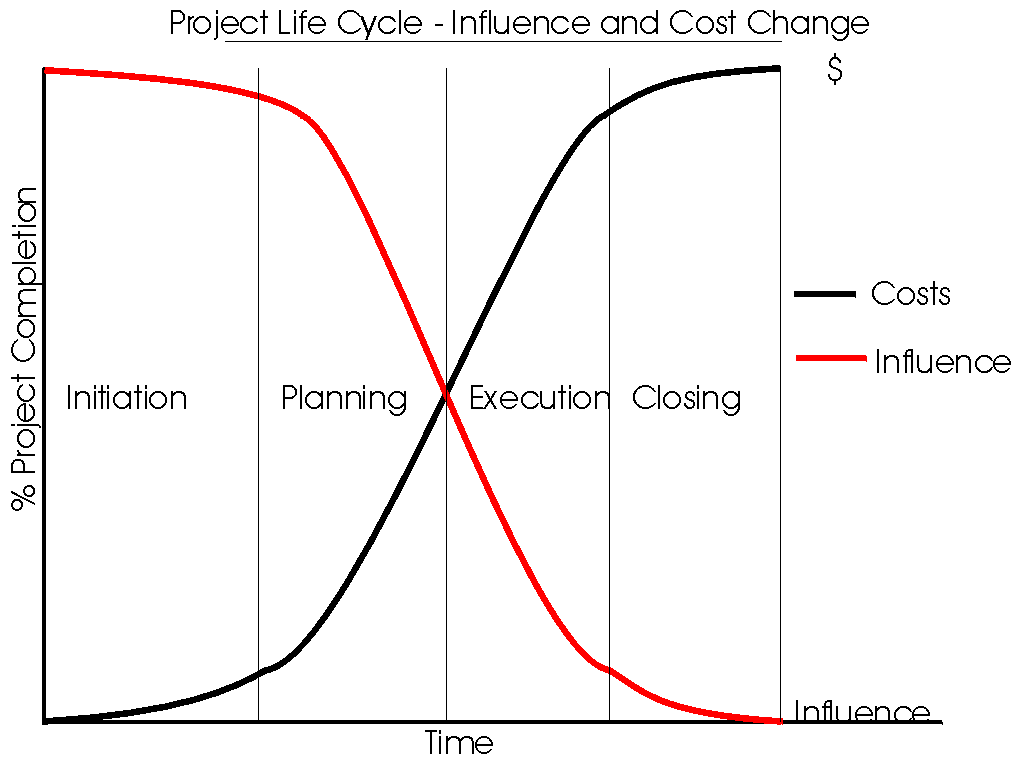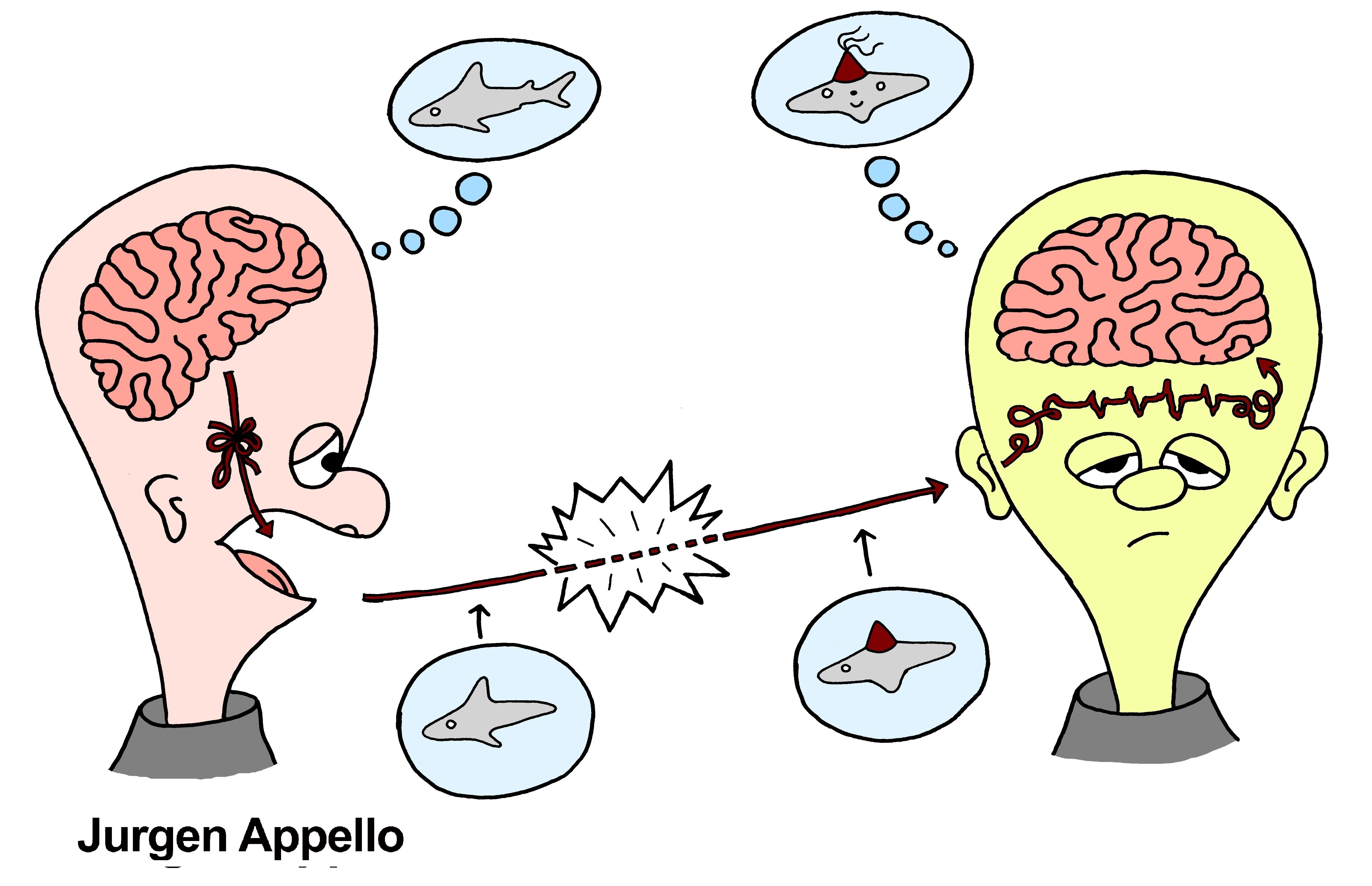By Gary Hribar
President, Osborn Engineering
As it appears in Engineering News-Record (ENR.com)
The design and construction process has been around for over 4500 years and dates back to about 2630 B.C., when Imhotep, the first structural engineer in history, built the step pyramid for the Egyptian Pharoah Djoser.
The big question that rolls around in my mind is, “Exactly how far has our industry progressed?”

In science, the progress is obvious. And there is also obvious progress in a more efficient, freely employed workforce, as opposed to slaves, and better technology, including multiple advancements in heavy building equipment for ease of construction and most recently, 3D building information modeling (BIM) for design and construction information development. Technological tools can do things better, faster, cheaper.
However, in the more artful areas of process improvement such as enhanced project team structure and associated dynamics, customer expectations, communications and other key areas, I am concerned that we have not advanced enough.
Our complicated industry is much like other industries and society in general, where decision-makers, influenced by trends and sound bites and motivated at times by politics, search impatiently for easy-to-describe solutions and quick returns.
For example, design-build or integrated-project-delivery processes are no more a panacea for project success than hedge funds were for investors when hedge funds hit Wall Street in the 1980s. Every owner, every project dynamic and the associated project purpose and goal, is different. As such, they require a well-thought-out approach and an interest and ability to address the deeper, more meaningful project drivers.
These unfortunately do not come in a package or a sound bite.
Linking the business strategy to project delivery
More times than not, the client is uncomfortable with too strong a link between the design and construction team and the in-house business strategy, mostly out of a desire to keep proprietary strategy private. Most often the design and construction team is on a need-to-know basis.
This phenomenon causes a disconnect in decision-making, especially when alternate scope directions are being considered. To my way of thinking, unless there is a confidential aspect to the business strategy, which can be covered under a non-disclosure agreement (NDA), it must be linked to every decision on the project from start to finish to make sure that all the goals and objectives are in tact.

Most projects (45% to 90% depending on which historical report you believe) start or at least encounter a project budget that is less than what is required for the desired scope. This by definition means that the project is on a weak foundation. Why anyone would think a design and construction delivery process is the solution for this issue, is beyond me.
Due to the large number of less-than-satisfactory outcomes, coupled with frustration over a lack of progress, owners are often searching for the latest delivery method and have pinned their hopes to design-build, IPD and LEAN. Many new models that have been tried in the last 15 years, at least in our home state of Ohio.
But without a full set of data to understand the true success, such as how the facility will hold up over the next 30 to 50 years, how would we know, at this point, if the models are successful? And as I stated earlier, the latest delivery model is only one small aspect that dictates the strength of the foundation for a project.
In many cases, too much focus on the money early in the project delivery detracts from the teambuilding, support resources and ultimately the key early project decisions. Focusing on the money too late in the process can lead to missing the target and starting over. Since the 1980s, I have worked with several owners that have said, “I do not want our creative thinking to be stifled by the money available.”
This can be good process if one understands the context of the exercise or this can be very detrimental to the project as interesting reactions begin to unfold when there end up being budget problems. Either way, understanding the impact of budget versus actual costs and being able to manage this dynamic for a strong project foundation is critical to a project's ultimate success.
Rather than focusing solely on money, we should instead determine how well the team is working together and how well it aligns with business strategy. A foundational analysis should also look at risks, efficiency, financial status and trust among team members.

Once the team is in place, it is critically important to behave like a team and develop a very candid dialog with the owner, not unlike a coach on a baseball or football team. Team members must develop mutual respect. Teams members must talk candidly at regular intervals. I have seen many owners say they are going to do this and only about 5% of the projects that I have been on have followed through on this in a meaningful way.
Cost Control Requires Sophistication
It’s important also to understand the level of sophistication needed for cost control and suppression.
Anyone that is a veteran in the design and construction industry knows that if you impose liquidated damages onto a project bid specification, 90% of the time the contractors will include the liquidated damages in the bid. Does it make sense to anyone that the owner would pay for their own liquidated damage and worse yet, pay a contractor and their subs for LDs if they are never enforced?
It happens quite often and is an example of a very heavy handed approach and not so useful way to control costs.
Another example that is quite common is suppression of design fee. With structural engineering, it’s important to ask at what point have you driven the fee for design down so far that the most efficient method of design is to make more conservative assumptions and calculations. That in turn can trigger higher structural steel and foundation costs.
Controlling and suppressing cost requires a level of sophistication that most owners are not willing to fund. Regular cost estimating is only part of the solution. More critical is an understanding what is driving both the soft and the hard costs on the project and what the alternatives are in the categories that have significant cost movement.
While there is not a lot of relief for projects that are 25%-50% over budget, most projects are within striking distance of the budget and if you focus on the right areas, you can resolve the overage. With eyes on the original business strategy, we can usually resolve the budget to actual cost difference.
How errors are handled also makes a difference. Errors are unavoidable in certain circumstances, such as sports and war.
In construction errors are to be expected, too, and dealing with them has to be built into the process. Often, the spotlight in construction quickly shifts to the vendors and their execution. Gross negligence and incompetence aside, most well-established firms perform within the industry standard-of-care. If you put the development of design and construction in the same fluid context as a basketball game or for that matter, actions on a battlefield, there would be more perspective on errors and less alarm and accusation.

Self-reflection is a good way to make sure your objectives are met and your investments are being deployed wisely. Additionally, deal with an error in context and keep the project foundation strong throughout the resolution of the error. If you feel the standard of care drops below the acceptable level, discuss the situation first as a global look at all project events and actions. Put yourself in the other person’s shoes often as the project progresses.
Everyone says serious real time project communications is important, but not every project benchmarks and achieves it.
Monitor effective communications on the project just like you would monitor drawing development, the cost model or the completion of construction. Anticipate that many adjustments will need to be made along the way.
If there is one take-away, it would be that successful design and construction project delivery in its highest form is driven by factors under the project team’s control. Proper exercise of that control is a balance between art and science for which no panacea exists. All the fine points must be considered and incorporated if we are to make more advances beyond the ancient origins of our industry.
Gary Hribar is president of Cleveland-based Osborn Engineering, a 35-year design and construction veteran and a student of project delivery. He can be reached at ghribar@osborn-eng.com.